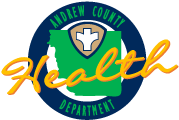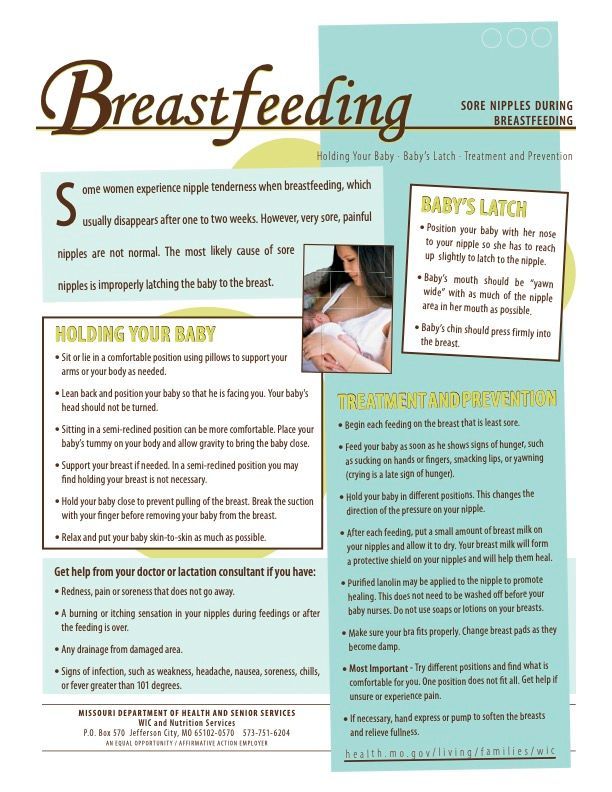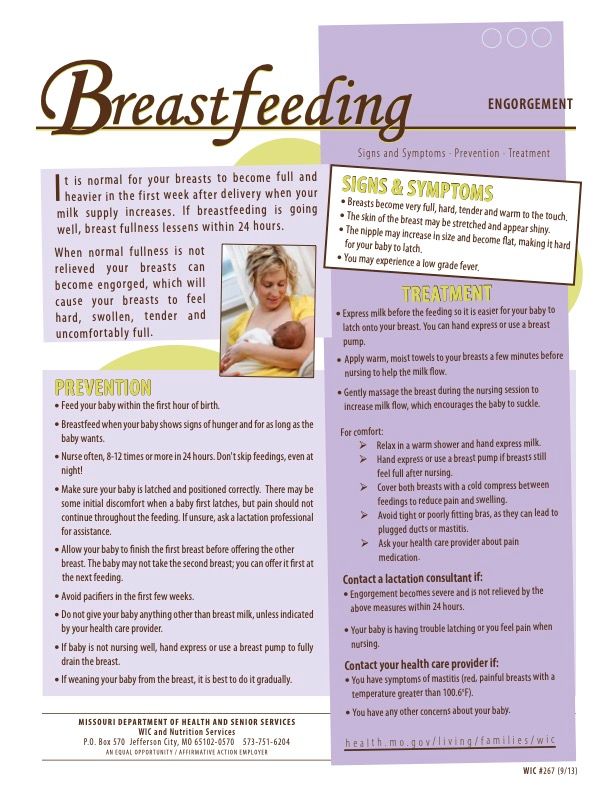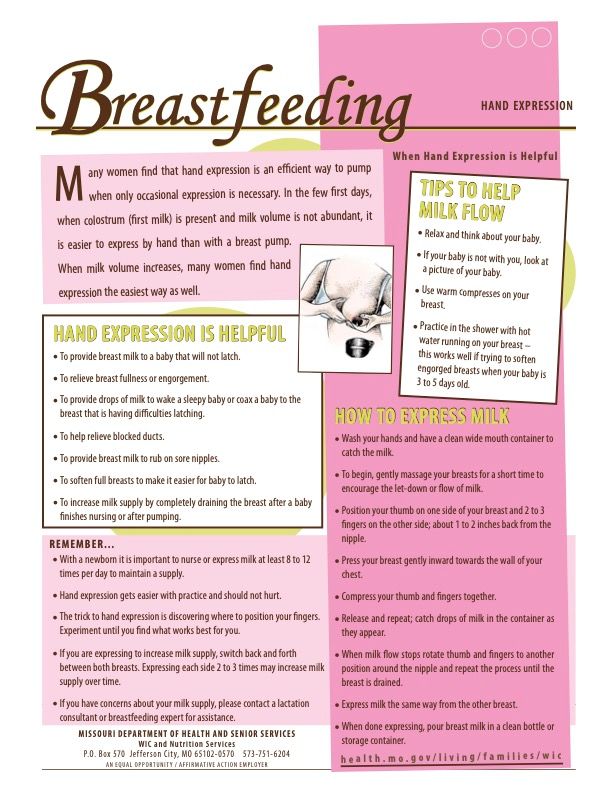Breastfeeding Challenges
(816) 324-3139

Common Breastfeeding Challenges and Solutions
Breastfeeding is a natural and rewarding experience, but it can come with its own set of challenges. Whether you're a first-time mom or have been breastfeeding before, know that you are not alone. Many mothers face these challenges, and support is available. The Andrew County Health Department offers services to help you overcome any obstacles you may encounter. Here are some common breastfeeding challenges and solutions to make the journey easier.
1. Sore Nipples
Sore or tender nipples are a common issue for new moms, especially in the early days of breastfeeding. It’s important to remember that breastfeeding should not be painful once you’ve established a proper latch and positioning.
What You Can Do:
- Check the latch: Ensure your baby is latched on properly. If only the nipple is being sucked, gently break the suction and try again. Your nipple should be round and not flat after breastfeeding.
- Avoid delaying feedings: Prolonging feedings due to pain can harm your milk supply. Reach out to our Breastfeeding Help Hotline or a Peer Counselor for assistance.
- Healing tips: After breastfeeding, express a few drops of milk and rub it onto your nipples, allowing them to air dry. You can also apply lanolin cream or use soft, breathable clothing to prevent irritation.
2. Questions About Milk Supply
Many mothers worry about whether they are producing enough milk. It’s common for breasts to feel less full after the first few weeks of breastfeeding. However, this does not mean your milk supply has decreased.
What You Can Do:
- Feed frequently: Continue breastfeeding often and let your baby feed as long as they need, offering both breasts at each session.
- Avoid supplementing with formula: Introducing formula can decrease your milk supply. If you need to supplement, try using breast milk with a spoon or cup.
- Growth spurts: These usually occur around 2-3 weeks, 6 weeks, and 3 months, and may require more frequent feedings to help increase supply.
3. Engorgement
Engorgement occurs when your breasts become overly full and hard, often in the first few days after birth or when your milk supply increases. This can be uncomfortable but is usually temporary.
What You Can Do:
- Frequent feedings: Nurse your baby often to empty the breasts and prevent milk buildup.
- Pump or hand express: If your baby cannot nurse enough to relieve engorgement, express some milk to soften the breast before feeding.
- Massage: Gently massage the affected area before and during feeding to help with milk flow.
- Cold compresses: Applying a cold compress between feedings can help relieve swelling and discomfort.
4. Mastitis
Mastitis is a breast infection that causes flu-like symptoms, fever, and breast pain. It’s often caused by a blocked milk duct or bacteria entering the breast through cracked nipples.
What You Can Do:
- Keep breastfeeding: Continue nursing on the affected side every two hours to keep the milk flowing.
- Warm compress: Apply a warm compress to the sore area before feeding to help with milk flow.
- Seek medical help: If symptoms persist for more than 24 hours, or if you develop a fever, consult a doctor. You may need antibiotics.
5. Fungal Infections (Thrush)
Thrush is a yeast infection that can affect both you and your baby. It can cause sore nipples, burning sensations, and white patches in your baby’s mouth.
What You Can Do:
- Maintain cleanliness: Wash your hands often and clean any breast pump parts, pacifiers, and bottles thoroughly.
- Use antifungal treatments: Both you and your baby may need antifungal medications to treat the infection. Make sure to follow through with the full course of treatment.
- Wash clothing and linens: Wash any clothing that comes into contact with the yeast in hot water, and discard any disposable nursing pads after use.
Local Breastfeeding Resources
St. Joseph, MO
Mama's Milk Café
Every Thursday
5:00 pm - 7:00 pm
Mosaic Life Care
Imagine & Possibilities Classrooms
La Leche League
3rd Thursday at 6:00 pm
Paradox Theatre
107 S. 6th St.
St Joseph, MO 64501 US
Maryville
Mothering Monday's
Every Monday
4:30 pm - 6:30 pm
Mosaic Medical Center Maryville Outpatient Therapy Building of Mosaic
Andrew County
Milk and Honey Breastfeeding Support Group
Every 3rd Tuesday of the month
5:00 pm- 6:00 pm
First Baptist Church
500 E Pawnee St.
Explore Our Breastfeeding Newsletters
Discover valuable tips, expert advice, and the latest insights on breastfeeding. Our newsletters are designed to support and empower you throughout your breastfeeding journey—because informed moms make confident choices.
We're Here for You!
If you’re facing challenges while breastfeeding, remember that help is available. Whether through our Breastfeeding Help Hotline, one-on-one counseling, or other resources, we are here to support you in your breastfeeding journey.
Additional Services
Need Assistance?
Have questions or need guidance? Our team is here to help! Reach out today and let us support your health and wellness journey.
Contact Us
info@andrewcountyhealth.com
106 North 5th Street, Savannah, Missouri 64485, USA
- Mon - Fri
- -
- Sat - Sun
- Closed






